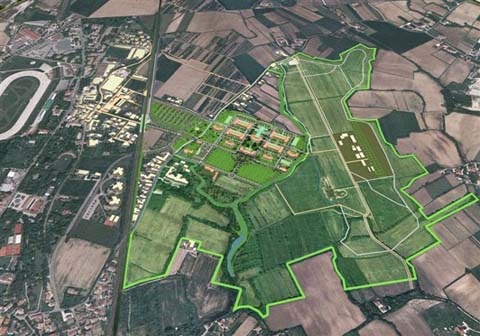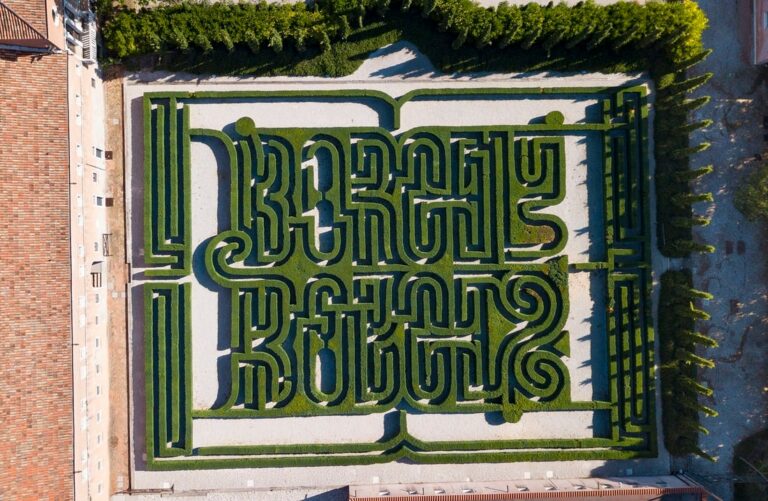It is among the largest rural urban parks in Italy
and is home to many animal and plant species.
The recognized course of community interest.
The expert: “Aiming for sustainable use”.
The foliage of the trees that come together to form a green tunnel, the placid flowing of the water, the lush vegetation on the banks: it might seem like a strip of rainforest. Instead we are just a few hundred meters as the crow flies from the condominiums and the animation of the shops in Santa Maria del Rovere, one of the most populous neighborhoods in Treviso. La Storga (strictly feminine article) is much more than the formal definition of a rural urban park, albeit one of the largest in Italy. It is the forest under the house, a treasure trove of biodiversity a stone’s throw from the city. The name itself says so, whose etymology derives from an archaic form sturgere, to indicate the gurgling of the springs: it is the only resurgence river entirely in the territory of the chief town. As for the older brother Sile, of which it is a tributary, the waters of the aquifer rise to the surface feeding multiple springs, the typical fountains – marked since the maps of the seventeenth-century cadastre – and a maze of streams, north-east of the inhabited center, near the Case Piavone (from Piavon, one of these minor streams) today an ethnographic museum of peasant civilization managed by the Trevigiano Folklore Group.
FLORA AND FAUNA Its path, winding for 5 kilometers and 250 meters, in an almost intact countryside, especially on the orographic left, represents a kaleidoscope of local flora: elm, maple, buckthorn, selgher (white willow), talpon (poplar black), centenary mulberry trees, walnut specimens planted, according to custom, at the birth of a daughter to obtain the wood of the bedroom for the bride’s dowry. But also the marsh grasses, the litter, from which for centuries litter for animals and padding for the mattresses of Christians have been obtained and, dried, overturned and then rehydrated, raw material for stuffing the chairs. The fauna: water voles, shrews, amphibians, especially birds: coots, gray herons and the new entry cattle egrets, bitterns and bitterns, cormorants (which devour every day as much fish as they weigh), more recently, the ubiquitous nutria. And again the testimonies of man: the Storga laps the little church of the Madonetta, the church of the barcari, which the Stringa spouses transformed into a sanctuary for the 124 children who died in the bombing of 7 April 1944 (including their children Maria Teresa and Luigino) ; cross the park of Villa Fanna or delle Rose in Selvana; the course of the river itself was cut creating a straight line (and consequently a dead branch: the Storghetta) to speed up the current and feed the downstream factories. On all the Mandelli Mills, at the confluence with the Sile, at Fiera: in 1887 they grinded 60,000 quintals of flour a year, employing 32 workers, six porters and countless boatmen.
PROTECTION «How is the Storga? Quite well, even if he could be better », says Emanuele Baldan, biologist, environmental nature guide, one of the souls of the Amici della Storga. Since the 1990s, the group has fought for the protection of this area, by collecting thousands of signatures (but also by promoting the creation of educational trails and dissemination programs). The resurgence area has become an urban park of 67 hectares, despite all the maintenance problems due to the financial constraints of the Province, on which it depends, the entire course is recognized as a Site of Community Interest. “The container is there, now it is necessary to fill it with contents, with a sustainable use”, reiterates Baldan. Recently he was the speaker at an evening organized by the Trivigiana Iconographic Society with images taken from the canoe, for an unprecedented perspective from the heart of the river. Because – as the title of the conference said – the Storga is a place to be saved.
article by Mattia Zanardo dated 22 5 2018 for www.gazzettino.it




